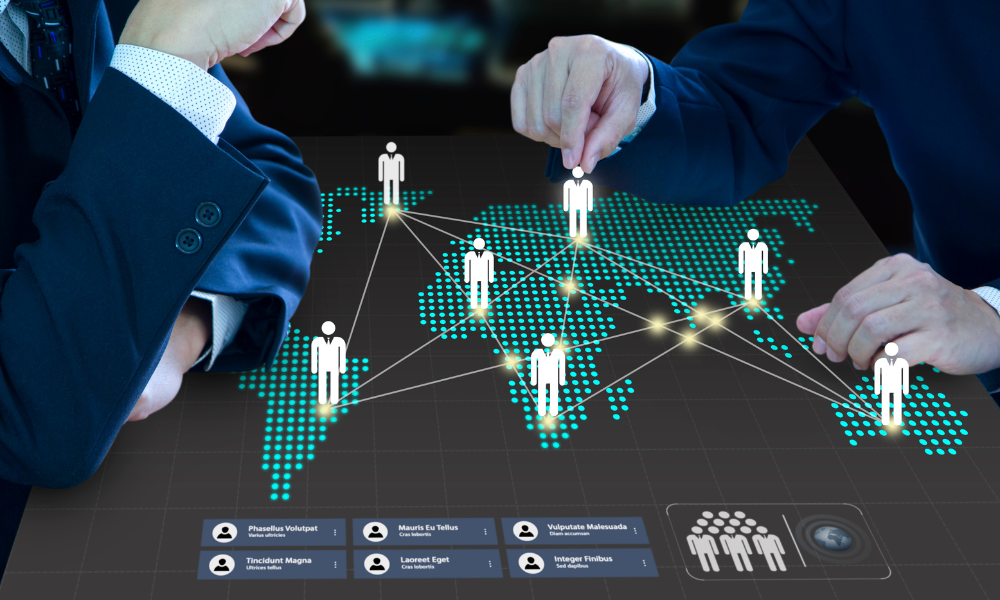RPA RoboticsProcessAutomation Automation DigitalTransformation StreamliningProcesses WorkplaceAutomation
In today's rapidly evolving business landscape, the pressure to remain competitive and efficient is stronger than ever. As organizations strive to optimize their operations, one groundbreaking technology has emerged as a game-changer: Robotics Process Automation (RPA). By automating repetitive tasks and processes, RPA is revolutionizing the way businesses operate, streamlining workflows, reducing costs, and enhancing productivity. In this blog, we'll delve into the intricacies of Robotics Process Automation and explore how it is reshaping the modern business landscape.
Understanding Robotics Process Automation (RPA):
At its core, Robotics Process Automation (RPA) is the use of software robots or "bots" to automate repetitive and rule-based tasks typically performed by humans. These tasks can range from data entry and document processing to customer inquiries and report generation. RPA software operates by mimicking human actions within digital systems, interacting with applications just as a human user would, but with greater speed, accuracy, and efficiency.
How RPA Streamlines Business Processes:
1. Enhanced Efficiency and Productivity:
One of the primary benefits of RPA is its ability to significantly enhance efficiency and productivity within organizations. By automating mundane and time-consuming tasks, employees can focus their efforts on more value-added activities, such as strategic decision-making, innovation, and customer engagement. This not only improves employee satisfaction but also leads to a more streamlined and agile business operation.
2. Error Reduction and Accuracy:
Human errors are inevitable, especially when performing repetitive tasks. However, RPA eliminates the risk of human error by executing tasks with precision and consistency. This ensures greater accuracy in data entry, report generation, and other critical processes, thereby reducing the likelihood of costly mistakes and improving overall data quality.
3. Cost Savings:
By automating repetitive tasks, RPA helps organizations reduce operational costs associated with manual labor. With fewer resources required to perform routine activities, businesses can achieve significant savings in terms of labor expenses and operational overheads. Additionally, RPA enables round-the-clock operations without incurring additional labor costs, further maximizing cost-efficiency.
4. Scalability and Flexibility:
Unlike traditional IT solutions, RPA offers unparalleled scalability and flexibility. Bots can be easily deployed and scaled up or down based on demand, allowing organizations to adapt quickly to changing business needs and fluctuations in workload. Whether it's processing a few hundred transactions or thousands, RPA can seamlessly adjust to meet the demands of the business, ensuring optimal performance at all times.
5. Compliance and Audit Trail:
In highly regulated industries such as finance, healthcare, and manufacturing, compliance with regulatory standards is paramount. RPA helps ensure compliance by enforcing standardized processes and maintaining detailed audit trails of all automated activities. This not only facilitates regulatory compliance but also simplifies the audit process by providing transparent documentation of all actions performed by the bots.
Real-World Applications of RPA
The versatility of RPA makes it applicable across a wide range of industries and business functions. Some common applications of RPA include:
- Finance and Accounting: Automating invoice processing, accounts payable/receivable, financial reporting, and reconciliation.
- Human Resources: Streamlining employee onboarding, payroll processing, leave management, and compliance reporting.
- Customer Service: Automating email responses, ticket routing, order processing, and chatbot interactions.
- Supply Chain Management: Optimizing inventory management, order fulfillment, shipping, and tracking.
- Healthcare: Automating patient scheduling, medical billing, claims processing, and regulatory compliance.
In conclusion, Robotics Process Automation (RPA) represents a paradigm shift in how businesses approach process optimization and efficiency. By leveraging software robots to automate repetitive tasks and workflows, organizations can unlock new levels of productivity, accuracy, and cost-effectiveness. As RPA continues to evolve and mature, its potential to transform business operations will only grow stronger, making it an indispensable tool for staying competitive in today's digital age. Embracing RPA is not just about streamlining processes; it's about unlocking the full potential of human talent and innovation in the pursuit of organizational excellence.
Powered by: Oh! Puhleeez Branding Agency & NowUpskill
RPA RoboticsProcessAutomation Automation DigitalTransformation StreamliningProcesses WorkplaceAutomation



































































































































































